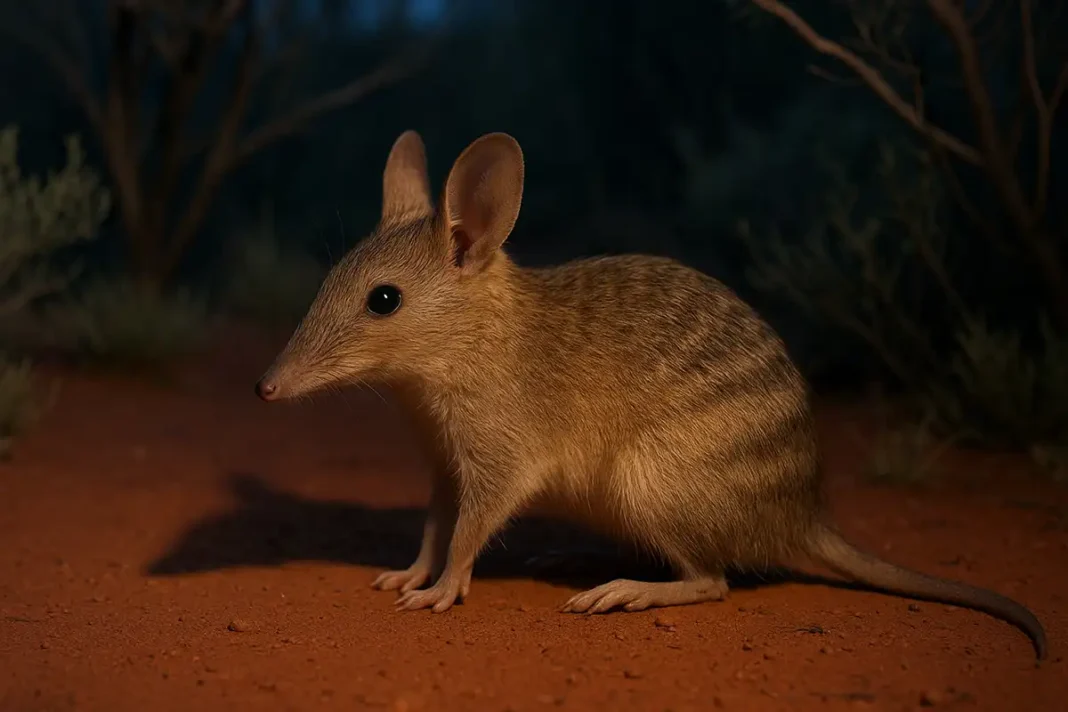News in brief — October 2025
- IUCN has listed the Marl / south-western barred bandicoot (Perameles myosuros) as Extinct (EX) in its latest global Red List update announced at the IUCN World Conservation Congress in Abu Dhabi. This is the species’ first global IUCN assessment, and it enters the Red List as Extinct. IUCN World Conservation Congress+1
- Last known records: museum specimens collected in 1906–1907 in south-western Western Australia. Wikipedia+1
- The update notes three Australian bandicoots newly entering the Red List as Extinct: the Marl (P. myosuros), south-eastern striped bandicoot (P. notina), and Nullarbor barred bandicoot (P. papillon). IUCN World Conservation Congress+1
Epitaph for the Marl
Small night-gardener,
you stitched the wheatbelt’s seams
with quiet paws and a nose for rain.
Between spinifex and saltbush
you kept the dark alive—
tending seeds, turning soil,
a lantern of whiskers in the scrub.
We fenced the horizon,
unleashed the teeth that never slept,
let fire run long and hot.
Your trail became a question mark
no map could answer.
Sleep now, marl.
In the dune’s soft grammar
your commas still hold breath.
Contextual background
The Marl / south-western barred bandicoot was once widespread across semi-arid shrublands of south-western Western Australia, but it slid into obscurity early in the 20th century; the last specimens were taken in 1906–1907. For decades it was lumped with the living Western Barred Bandicoot (Perameles bougainville), until a 2018 total-evidence study of museum material clarified that P. myosuros was a distinct species—already gone.
Australia’s federal Threatened Species Scientific Committee formally listed the Marl as Extinct under the EPBC Act in March 2021, noting historical declines driven by habitat clearing in the wheatbelt, altered fire regimes, and predation from introduced foxes and cats. The IUCN Red List then adopted the species in October 2025, immediately categorizing it as Extinct in its global update.
The Marl’s story sits within a broader pattern: Australia has lost an outsized share of its small marsupials since European colonisation, with introduced predators and landscape transformation repeatedly implicated. Safeguarding surviving bandicoots now depends on predator-free refuges, rigorous biosecurity, and large-scale shrubland restoration—lessons drawn from both failures and the successful reintroductions of close relatives on fenced sanctuaries and offshore islands.
Sources
Wikipedia+2recentlyextinctspecies.com+2
